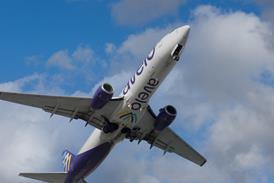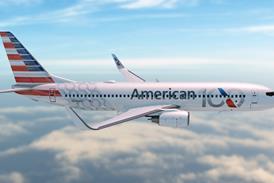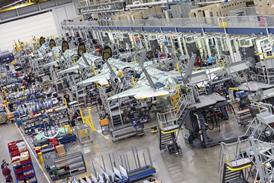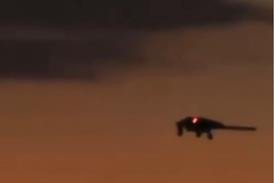Brazilian investigators have revealed that a ATR 42-300 landed with its undercarriage retracted despite each pilot’s separately calling that the landing-gear had been extended.
The MAP aircraft made the gear-up touchdown at Manaus, the departure airport to which it had returned after experiencing an electrical failure shortly after take-off.
This failure, traced to a poorly-maintained starter generator, resulted in loss of power to a busbar which would have rendered several systems inoperative – including the pump for the green hydraulic system, which supplied pressure for landing-gear extension, and the secondary landing-gear position indicator.
Several instruments and the pitch-trim control also stopped functioning. The autopilot ceased to operate and the aircraft had to be controlled manually – a situation which is likely to have put pressure on the captain, who remained as the flying pilot.
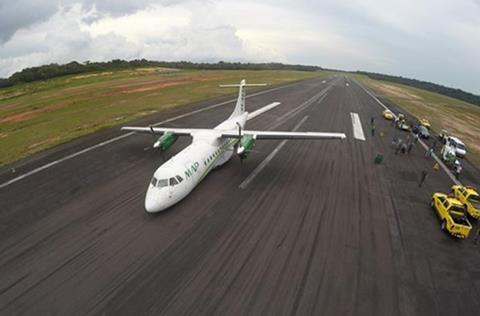
Brazilian investigation authority CENIPA has released its findings into the 15 June 2019 accident, six years after the occurrence.
It says the pilots did not divide tasks properly after the failure, which might have contributed to their “becoming overloaded”.
The inquiry says the crew became fixated on returning to Manaus.
Although they understood the busbar failure, they did not follow quick-reference handbook procedures, failing to activate a hydraulic cross-feed which would have enabled the landing-gear to be deployed.
Upon completing the ‘approach’ checklist, the captain commanded the extension of the landing-gear.
But the inquiry says the first officer responded with “landing-gear down” just 2s after pulling the gear lever.
“Such a short interval between the command and the response suggests a possible automatic response on the part of the [first officer], without effective verification of the corresponding lights on the landing-gear position indicator,” it states.
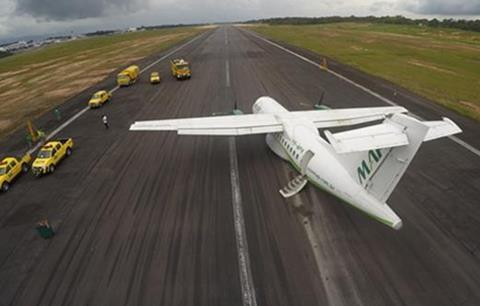
When the first officer read the ‘before landing’ checklist, it adds, the captain similarly replied “down, three green” in less than 1s to the landing-gear challenge – apparently also automatically.
Although the crew testified to investigators that they verified landing-gear status through the secondary indicator – located on the overhead panel – the inquiry points out that this system would not have been operating, owing to the busbar failure.
This secondary system would normally have been responsible for triggering an alarm to alert the crew to the landing-gear’s absence.
The ATR touched down 410m beyond the threshold of runway 11, with both its main and nose landing-gear retracted.
While none of the 36 occupants was seriously injured, the aircraft (PR-MPN) suffered substantial damage.
Among its conclusions, CENIPA says the carrier had been undergoing a sale process and a “sense of insecurity and apprehension” among personnel might have “compromised” performance in flight operations and maintenance.

